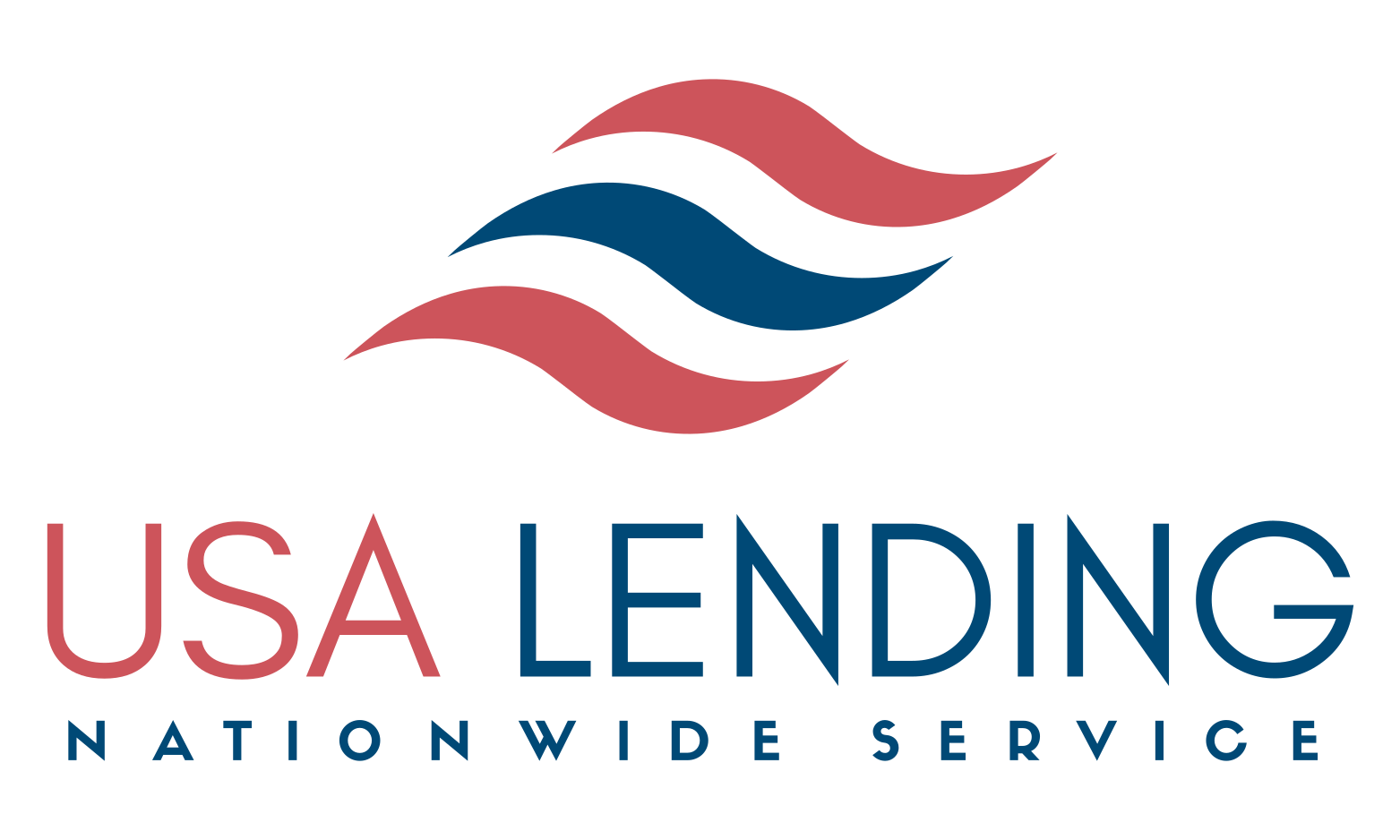If you're looking for a loan to buy your home, you may have heard of…
What Is the Difference between USDA Loans and Conventional Loans?
If you’re planning to move from renting to home ownership, you shouldn’t have to give up on your dream of owning a family home due to sky-high prices. The good news is that you can rely on a mortgage to finance your property purchase. And, you’ll likely be repaying it over several decades.
There are many loans out there for buying or renovating your home. Two popular options are USDA loans and conventional loans. But how do you decide which one is best for you?
In this blog, you’ll explore all about USDA and conventional loans and how you can qualify for them.
USDA Loan vs Conventional Loan:
A USDA loan is a special type of mortgage subsidized by the government through the Department of Agriculture. Although private lenders give out these loans, the government backs them. This means if you can’t pay your loan, the Department of Agriculture will cover it. The government takes this extra risk to help lower-income people in rural areas buy homes. One of the biggest benefits of a USDA loan is its low interest rates. This makes it an attractive option for those who qualify.
Conversely, the government doesn’t back conventional loans. And so, there’s no other entity to take on risk. This means that private lenders who give out these loans avoid applicants with low incomes. Additionally, they expect you to pay mortgage insurance and a down payment often as high as 20%.
When you examine USDA vs conventional interest rates, you’ll notice that non-government ones are higher yet variable. The percentage you pay each month on your loan is influenced by the Federal Fund rates. Financial institutions use these rates as a guideline to set their rates.
Additionally, when private lenders decide your rates, they take into account several factors. These include the fees you’ve already paid and your financial profile. Your financial history, credit score, and income play a big role in determining your interest rates. This helps lenders assess how much risk they’re taking by lending to you.
The Types of USDA Loans
You can get four main mortgages through the Department of Agriculture:
- Home Improvement Loans: With interest as low as 1%, you can receive up to $40,000 to ameliorate your property.
- Loan Guarantees: When you get this mortgage, you’re expected to pay 1% upfront and 0.35% annually. Since this program is for people with low incomes, you can spread out these payments.
- Direct Loan: You’ll only qualify for this option if you lack access to safe housing and traditional home loans.
- Home Improvement Grants: If you successfully apply for this, you’ll receive up to $10,000.
The Types of Conventional Loans
This type of mortgage falls into two main categories: conforming and non-conforming. The conventional loans that respect Fannie Mae and Freddie Mac regulations are ‘conforming’.
If you successfully apply for a conforming loan, you’re likely to receive under $730,000. However, you might receive a payout as high as $1 million. Regardless of the amount you’ll receive, you’ll have required a 20% down payment.
On the other hand, non-conforming loans are mortgages that don’t meet the criteria set by government-sponsored enterprises like Fannie Mae or Freddie Mac. Instead, their rules and terms are set by private lenders. Here’s a list of non-conforming loans:
- Jumbo Loan: When we compare USDA vs conventional mortgages, this particular debt provides the highest payout. However, you’ll need a high credit score and a low debt-to-income ratio to acquire this loan.
- Sub-Prime Loan: If you don’t qualify for a private lender’s mortgage program because of a low credit score, you can apply for this debt. In particular, this mortgage is a great option for young graduates in high-income fields such as doctors. This is because a young doctor may have a poor credit score. But that doesn’t make them an unreliable debtor.
- Amortized Loan: This mortgage has a fixed beginning and end period repayment.
- Adjustable Loan: If you want to change how much you pay per year, this is the best mortgage for you. Though the lender keeps the interest rates the same for 3 – 10 years, the amount can change for the rest of your repayment period.
Who Qualifies for Conventional vs USDA Mortgage?
Here are the criteria you need to meet for the two types of mortgages:
For a USDA Loan
The easy way to know whether you qualify for a USDA mortgage is to check on their website. Your eligibility depends on your:
- Nationality: You need to either be a citizen or a permanent resident with a social security number.
- Income: You can’t make more than 115% of the US median income. Additionally, you must make less than your regional threshold for ‘low-income’.
- History: You’ll need to prove that you have a dependable source of income.
- Location: The property you’re trying to mortgage must be in an area considered ‘rural’. Usually, this applies to regions with populations smaller than 20,000.
- Residence: The house you’re getting a loan for has to be where you’ll live. That means you can’t use this loan to flip a house for resale.
- Debt: Your loan payments should not go beyond 29% of your income. It should be at most 41% when you include this mortgage.
Furthermore, past experience of paying back loans and a good credit history with a score of 640 or above increase your chances of getting a loan. Also, a low debt-to-income ratio increases your chances of receiving a mortgage.
For a Conventional Loan
When you examine USDA vs conventional qualifications, you’ll notice that while the government mortgage is straightforward, that isn’t true for private lenders.
Conventional loan qualifications depend on the specific rules of the private lenders offering them. Nevertheless, you can expect to require the following to get a conventional loan:
- A Good Credit Score (above 640)
- A Low Debt-to-Income Ratio (below 43%)
- 10% – 20% Down Payment
- No Bankruptcy (past 4 years)
- No foreclosure (past 7 years)
- Background Check
- Proof of Federal Tax Returns
- Accounts of Assets (Past 2 – 4 Months)
- 2 Years of W-2 Statements
- Social Security Number and ID
Conclusion
Now you understand that the fundamental difference between USDA and conventional mortgages lies in their backing. The Department of Agriculture backs USDA loans and designs them to provide homes for low-income people. Conversely, private lenders provide conventional loans with no government backers. Therefore, there’s more risk for the financial institution if you default. To mitigate this risk, private lenders offer higher interest rates. However, conventional loans are less restrictive in terms of the type of property, amount given out, and location.







